Important nature features on farms such as semi-natural habitats can be grassland, peatland or woodland. Farm management decisions influence whether these habitats occur on a farm and they also have a big influence on the quality of these habitats. They are never planted or reseeded or chemically fertilised but they may be grazed or cut on a regular basis. The average farm in Ireland has 15% semi-natural habitat. For many farms this might be a patch of woodland, scrub, a pond or marshy area and it may not be used for grazing or saving fodder.
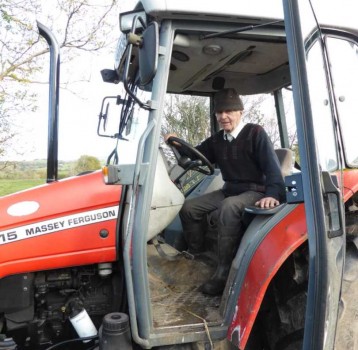
For other farms, these semi-natural habitats are essential parts of the grazing and hay or silage systems. This is always the case for High Nature Value (HNV) farmland. Where they are important farmland habitats, the semi-natural habitats usually fall into two categories; peatland or semi-natural grassland habitats. Of the land surveyed for the IDEAL-HNV project, most were peatland habitats (51%), followed by grassland habitats (37%).
Peatlands
The peatland habitats that are farmed in Ireland can be privately owned or commonage. There are two main types of peatland that are commonly farmed
This may be wet or dry heath. It is common on slopes of hills and mountains. It would have a low stock carrying capacity but is an important component of summer grazing for cattle and sheep or year-round grazing for sheep. It often occurs in a mosaic with blanket bog and acid grassland. Dry heath may occur over calcareous or siliceous soils.
Dry heaths are more common in the east of the country in areas such as the Comeragh Mountains or in the west in areas of limestone bedrock such as the Ox and Dartry mountains in Sligo and Leitrim.
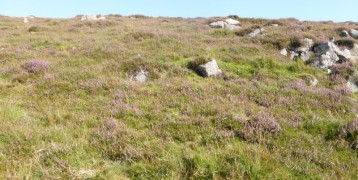
This may be upland or lowland blanket bog. It is very common in West Mayo and Galway and in upland areas of the Beara, Iveragh, Dingle Inishowen and Fanad peninsulas, the Comeraghs, Galtees, Bluestacks, Wicklow uplands, Cooley etc. Blanket bog has a low stock carrying capacity but, like heathland, it is important for summer grazing for cattle and sheep or year-round sheep grazing.
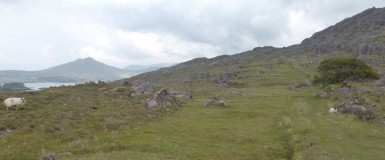
Grasslands
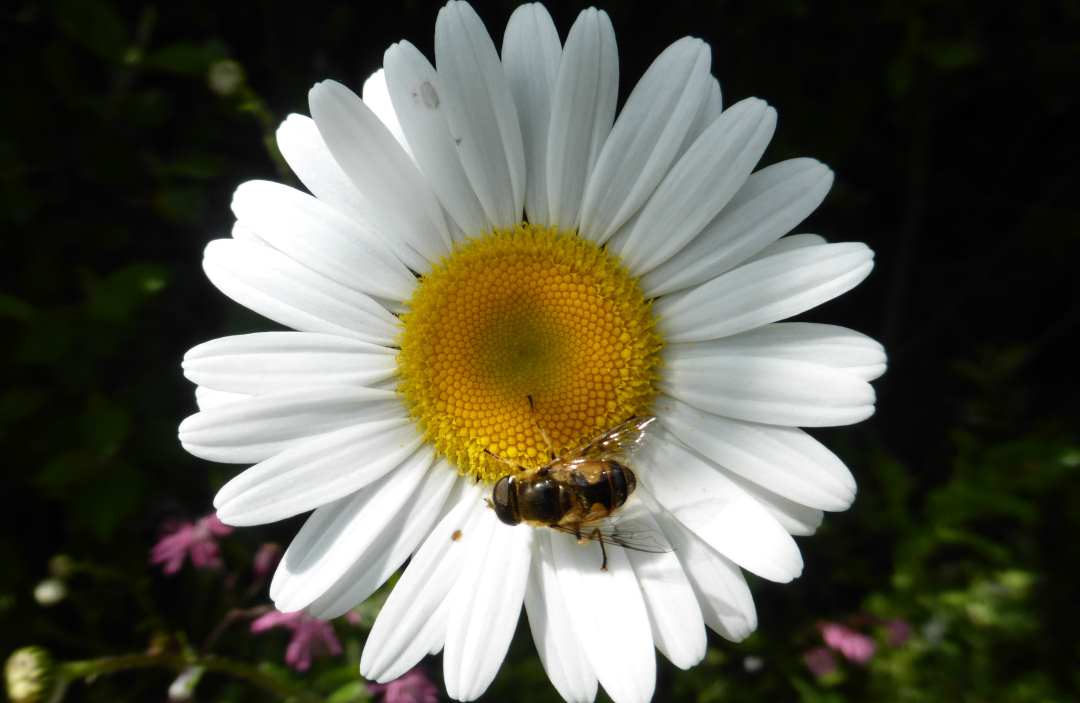
The majority of the grasslands in Ireland are regularly reseeded and fertilized with chemical fertilizer. These fields have a very low plant species-richness, few flowers and have a lush green appearance. They are dominated by Perennial Ryegrass. White Clover and Creeping Buttercup are also very common.
Where they were reseeded over a decade ago and not heavily fertilized since, the species-richness of these grasslands may be higher and they may be considered semi-improved grassland. These grasslands often have Cuckoo Flower, Ribwort Plantain and more grasses than just Perennial Ryegrass. In some cases the farmland grasslands have never been reseeded and don’t receive fertilizer other than grazing animal inputs. These grasslands are called semi-natural grasslands and there are three main types found in Ireland.
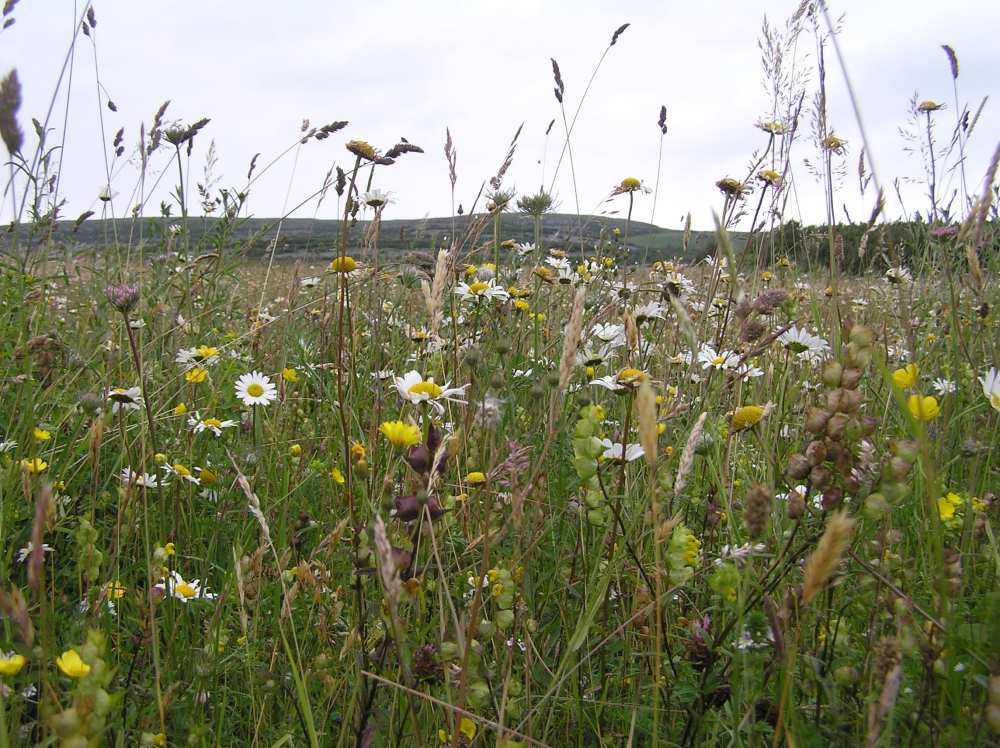
Dry grassland occurring over neutral or calcareous soils. Some of the most species-rich fields in the country are dry calcareous grasslands. The Burren is a stronghold for these grasslands but they are found all over the country, particularly in areas where reseeding hasn’t been possible due to steep slopes or other accessibility issues.
Other areas of the country where these grasslands are more common include the esker areas around the Shannon Callows and any area where exposed limestone occurs e.g. around Lough Corrib. Outside of the Burren, it is unusual to find a farm where this type of grassland is dominant but farms anywhere can have a field or two of this type of grassland.
Grazing is the most common management of these grasslands though some of them may be cut for hay or silage. A total of 40% (over 500 ha) of the semi-natural grassland surveyed for the IDEAL-HNV project was found to be this grassland type
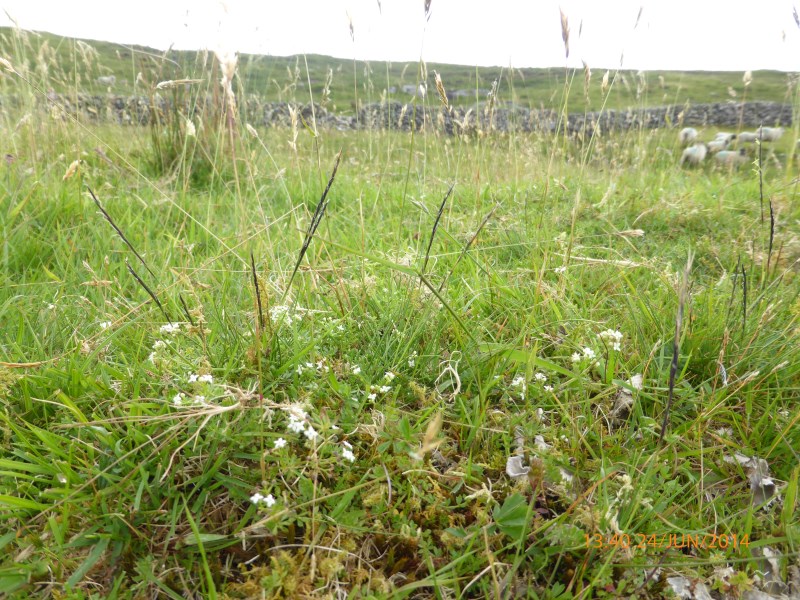
These grasslands would typically have a lower plant species diversity compared to dry calcareous and wet grasslands. They are often found in areas where peatland habitats occur, often in a mosaic among them. They are very widespread but often occur in small patches. The Curragh in Kildare is one of the few large areas of acid grassland in Ireland.
There are also large areas of acid grassland on Arranmore Island in Donegal. Bracken often occurs on acid grassland. Grazing is the most common management of these grasslands. A total of 18% (around 250 ha) of the semi-natural grassland surveyed for the IDEAL-HNV project was acid grassland.
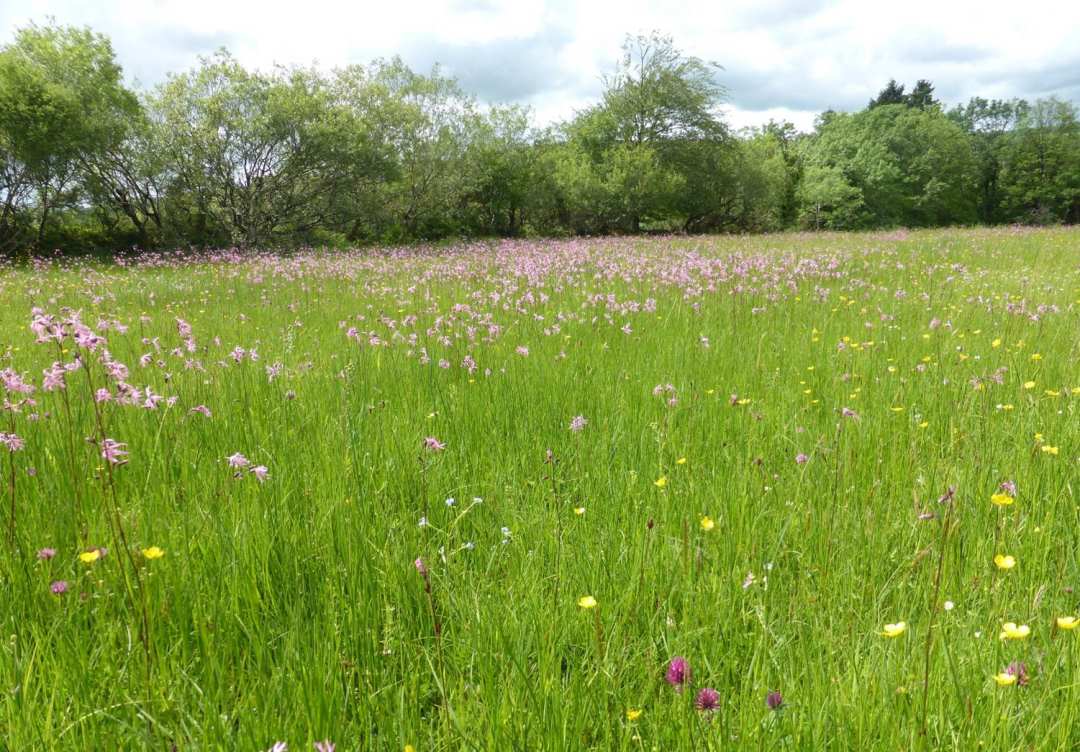
These are the most widespread semi-natural grassland type in Ireland and are particularly abundant in west of Ireland in areas like County Leitrim and the Slieve Aughty region of County Galway. Some of the most species-rich wet grasslands in the country occur along the floodplains of rivers and the Shannon and Moy Callows are particularly good examples.
These wet grasslands are most often grazed but may be cut for hay if the summer season is dry. Wet grasslands are particularly susceptible to poaching, especially if the weather conditions are wet. A total of 42% (around 520 ha) of the semi-natural grassland surveyed for the IDEAL-HNV project was wet grassland.
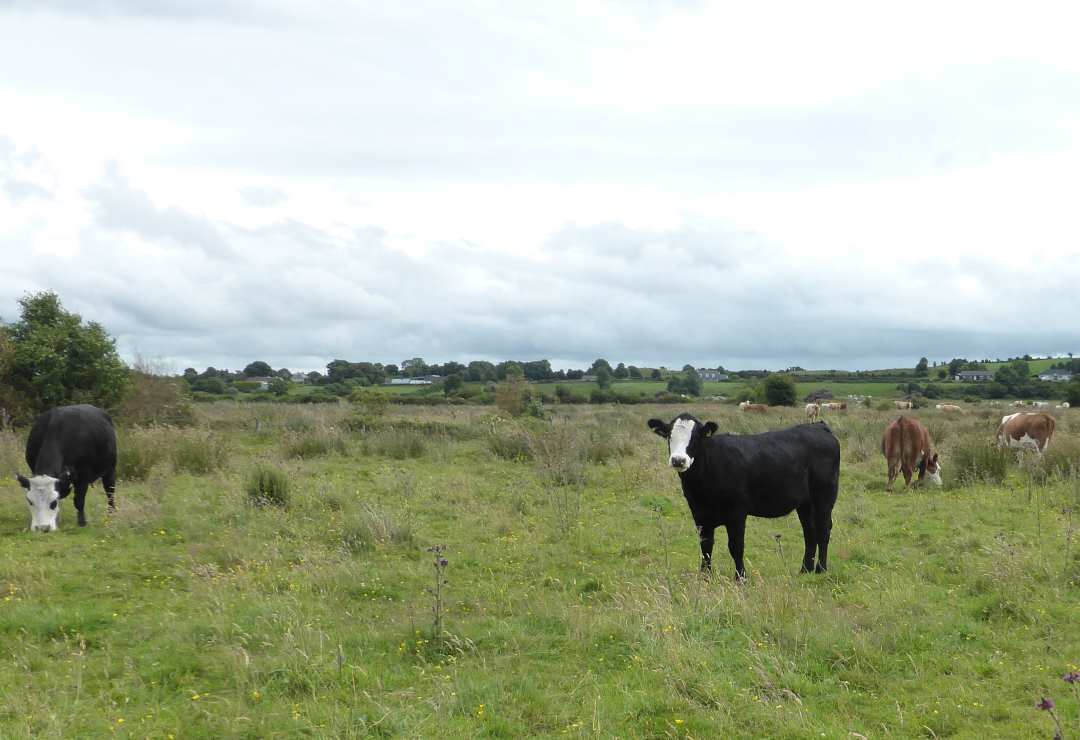
The stock carrying capacity of these grasslands is typically lower than for improved agricultural grassland on deep or shallow brown earth soils. The quality of these grasslands can vary greatly from farm to farm and even within a farm. If the land has never been reseeded and the grazing levels have always been sensitive to the carrying capacity of the land then they are likely to be among the best quality semi-natural grasslands in the country.
However, they are very sensitive to fertiliser application and changes in management regimes, e.g. hay cutting to grazing or increases in stock levels. The species richness in particular can be affected by past management e.g. where they were reseeded or fertilised a long time ago.
Other farmland habitats
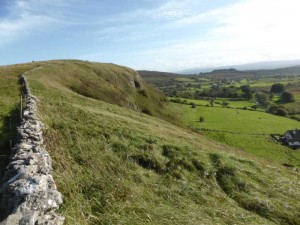
Field boundaries are important components of all farms and also very important reserves of plant and animal biodiversity. They may be hedgerows, stone walls, drainage ditches, streams, earth bank or treelines. They provide connectivity between more intensively farmed landscapes and HNV landscapes. On some types of HNV farms the field boundaries may be present in very high densities. This is particularly obvious in landscapes with very small fields such as the islands or county Leitrim
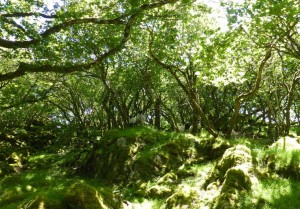
Patches of woods are very common on Irish farms. They are also important biodiversity reserves. These woods may be conifer forest and so mostly have conifer trees such as Sitka Spruce or Lodgepole Pine. They may also be mixed coniferous and deciduous woodland. The deciduous trees may be non-native such as Beech or Sycamore or native such as Oak, Ash or Alder.
Native woodlands may be dry (with Oak, Ash, Birch or Hazel), wet (dominated by Willows, Oak, Ash or Alder), riparian (along a river), or bog woodland (on peatland). Some woodlands may be grazed by livestock or used for shelter during the winter.
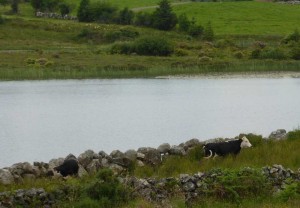
Wetlands are also very common on Irish farms. Swamps along the edges of rivers, lakes and ponds, turloughs and marshes are all found on Irish farms. These are very important for aquatic plants and animals.
